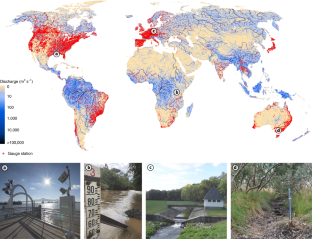触媒中の2つの金属の比率を正確に調整することで、触媒科学の新たな方向性が見えてくるかもしれない Tuning exact ratios of two metals in a catalyst may enable new directions in catalysis science
2022-04-25 ペンシルベニア州立大学(PennState)
研究者らは、触媒表面の各原子の配置を制御することで、触媒反応をより無駄なく、よりコスト効率の高いものにする方法を発見した。触媒を制御したりカスタマイズしたりすることで、不要な競合反応を削減し、成功する予測可能な反応を分離することができる。この成果は、『Nature Chemistry』に掲載されました。
<関連情報>
- https://www.psu.edu/news/research/story/precise-control-atomic-arrangement-may-mean-less-waste-producing-plastic/
- https://www.nature.com/articles/s41557-021-00855-3
水素化選択性向上のための規則正しい合金における活性点集合体の原子制御 Atomic control of active-site ensembles in ordered alloys to enhance hydrogenation selectivity
Anish Dasgupta,Haoran He,Rushi Gong,Shun-Li Shang,Eric K. Zimmerer,Randall J. Meyer,Zi-Kui Liu,Michael J. Janik & Robert M. Rioux
Nature Chemistry Published: 03 February 2022
DOI:https://doi.org/10.1038/s41557-021-00855-3

Abstract
Intermetallic compounds offer unique opportunities for atom-by-atom manipulation of catalytic ensembles through precise stoichiometric control. The (Pd, M, Zn) γ-brass phase enables the controlled synthesis of Pd–M–Pd catalytic sites (M = Zn, Pd, Cu, Ag and Au) isolated in an inert Zn matrix. These multi-atom heteronuclear active sites are catalytically distinct from Pd single atoms and fully coordinated Pd. Here we quantify the unexpectedly large effect that active-site composition (that is, identity of the M atom in Pd–M–Pd sites) has on ethylene selectivity during acetylene semihydrogenation. Subtle stoichiometric control demonstrates that Pd–Pd–Pd sites are active for ethylene hydrogenation, whereas Pd–Zn–Pd sites show no measurable ethylene-to-ethane conversion. Agreement between experimental and density-functional-theory-predicted activities and selectivities demonstrates precise control of Pd–M–Pd active-site composition. This work demonstrates that the diversity and well-defined structure of intermetallics can be used to design active sites assembled with atomic-level precision.



